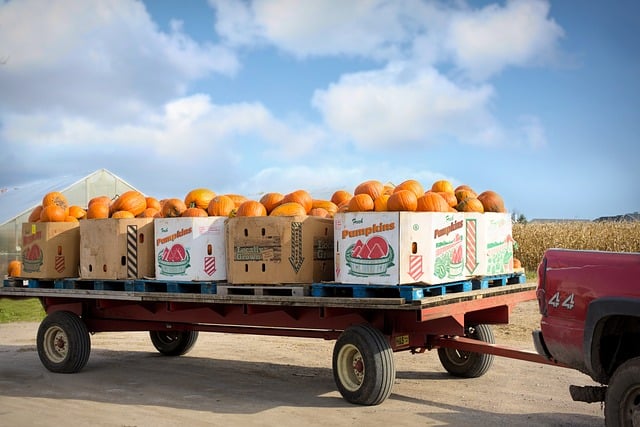
Farming is a rewarding experience, but thorough planning is needed to build a sustainable and lasting business. Each step in beginning farming is important, as selecting suitable crops or livestock, funding sources, and implementing sustainable practices will determine success. Whether driven by a love of agriculture or the quest to make an additional livelihood, you need to know some critical steps to take to a successful farming enterprise. Here are six methods to consider.
Conduct Thorough Market Research
Knowing what type of crops or livestock are most in demand will help you decide which products to focus on. You also need to understand the competition level and common challenges to expect, including local regulations, which can significantly impact the farming business.
Effective market research also involves understanding potential customers and their preferences. Whether they prefer organic produce or conventional farming products, knowing your market allows you to adjust your farming practices accordingly. This will make your venture more relevant and give you a competitive edge in the agricultural industry.
Develop a Detailed Business Plan
Outline the objectives for your target markets, financial projections, and operational strategies. Include a detailed budget for initial costs, including land acquisitions or leases, equipment, seeds, and animals, as well as ongoing expenses such as employee salaries, maintenance, and marketing.
Your business plan must also address the potential risks and outline how to manage them. For instance, you should strategize how to handle bad weather or if the market doesn’t meet your expectations. A well-thought-out farming business plan can cover all of these scenarios and help you secure funding from potential investors.
Choose the Right Location
When selecting the site, consider factors relating to soil quality, climate, access to water, and proximity to markets. Different crops and livestock prosper in various environments, and choosing the right location will allow your farm to flourish. You also want to factor in possibilities of expansion and determine how suitable the area will be when you need to scale up.
Aside from the environment, consider the infrastructure supporting the location, like the availability of roads and electricity, which will boost the ordinary functions of your farm on a day-to-day basis. Proximity to an urban area or a distribution center would save transportation costs and make the scale of the produce easier in the local markets.
Investing in the Right Machinery
With the best equipment, you can significantly boost efficiency, reduce labor costs, and enhance productivity. Look at the different operations, such as planting and livestock feeding, and think about the best systems to invest in. Modern machinery (such as tractors with advanced GPS and automated irrigation systems) can enhance operations and bring precision to the next level.
It is important to take the source of the equipment into account while making a purchase. For instance, when in Texas, seek out reputable dealers. Examine their collection to determine the caliber and cutting-edge technology of their equipment. It’s critical to carefully consider the permutation and equipment selection of a Texas John Deere dealer before doing business with them. Look for dealers who have the newest models and provide a wide range of client services, such as financing choices, warranties, and maintenance services.
Secure Financing and Resources
The choice of funds can always be obtained through loans, grants, or government programs to empower new farmers. Your primary focus should be on all the available funding sources which will influence your decision-making. Narrow down to the options that match your needs and ambitions as a farmer.
Aim to acquire significant elements such as land, farm inputs, a variety of animals, and equipment. Consider establishing solid relationships with suppliers and vendors, which will help you acquire the necessary resources at favorable prices. It is worth taking an interest in agricultural cooperatives or associations to increase your exposure to local agriculture and ensure a smooth transition.
Implement Sustainable Farming Practices
Consumers and markets increasingly seek farm produce that incorporates environmentally friendly practices. There is also a growing demand for enhancing sustainability in agriculture. Sustainable farming would not only be beneficial to the environment, but also increase your farm business’s profitability in the long term.
It can also open up other market opportunities, including being organically certified or taking part in eco-friendly farming projects. Implementing sustainable farming practices can also enhance your farm’s resilience; this would ensure the continuity of your business when facing climate change and other environmental adversities.
Endnote
The secret to success with your farming business is having an eye for the basics, like suitability, and then developing sound strategies. Together with focusing on long-term results, one should include expansion strategies and develop exemplary sustainability efforts.